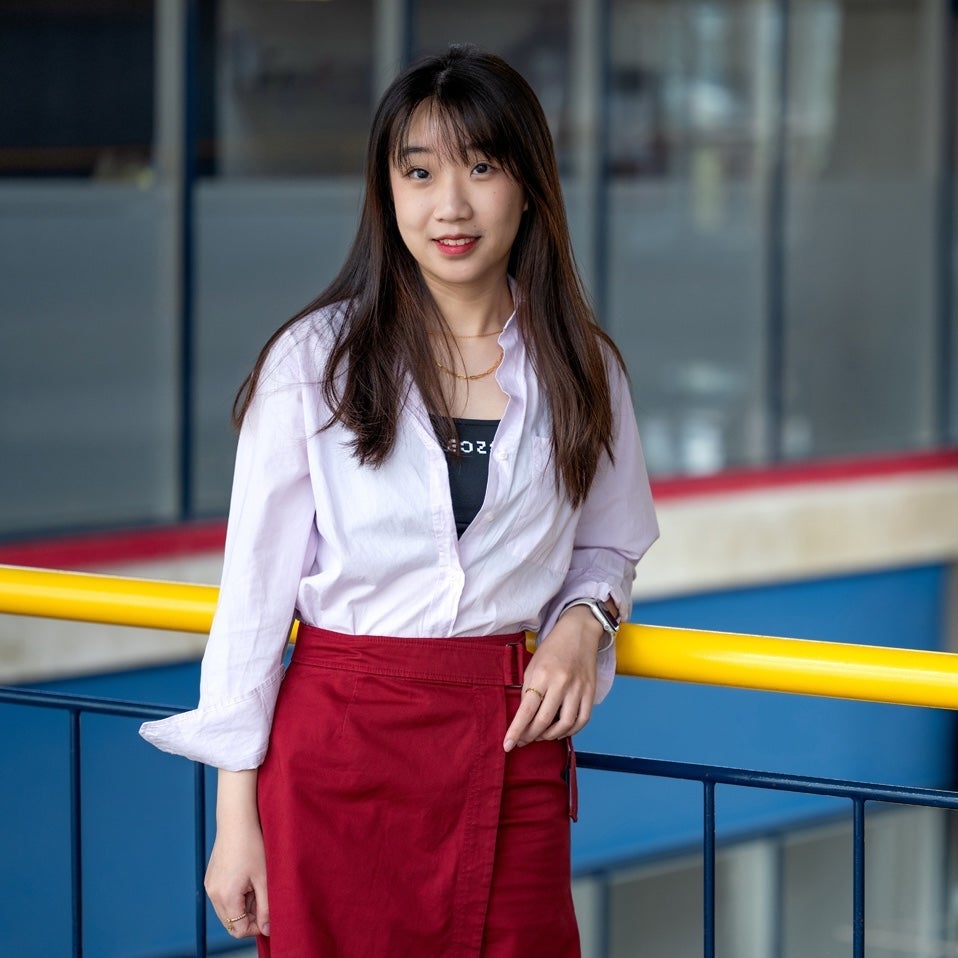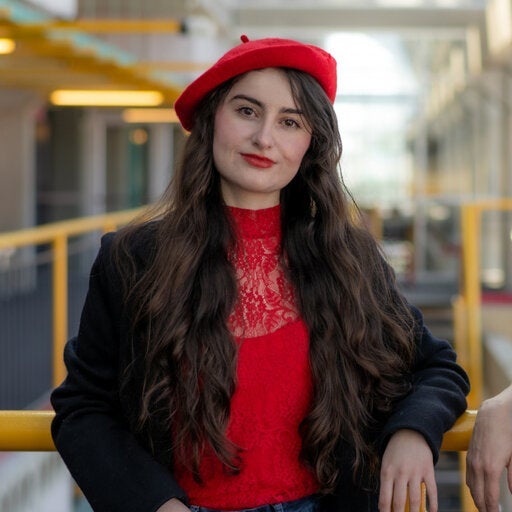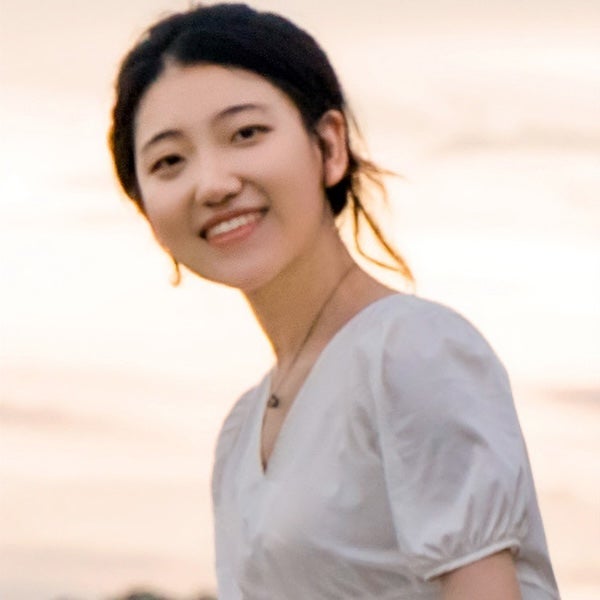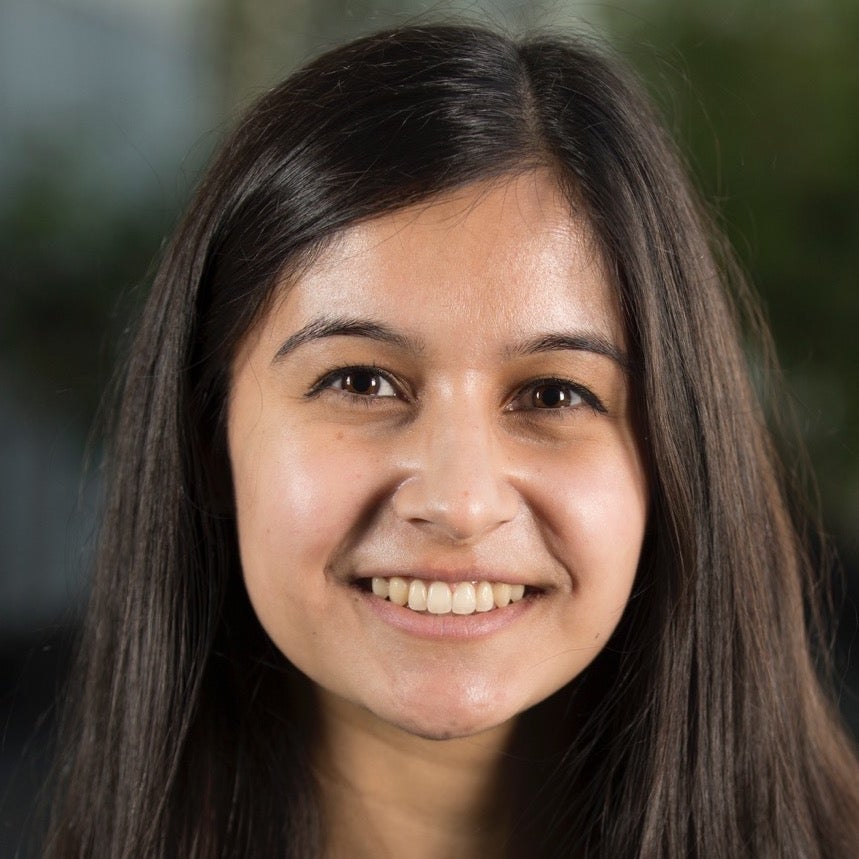Friday, March 8, 2024 marks International Women’s Day, a global holiday recognizing gender-related issues and honouring female achievements. To celebrate, the Cheriton School of Computer Science is highlighting five female students and faculty who paved significant research breakthroughs this past year.

PhD candidate Qianqiu Zhang is one of the developers of GlycanFinder, a novel database search and sequencing software tool. It uses artificial intelligence on mass spectrometry data to discover the structure of glycoproteins. Glycoproteins play a key role in several cellular and physiological processes in our body, such as the immune system’s response to pathogens and cancer cells. However, if glycosylation, the process of adding a glycan to an organic molecule, does not occur as it should, it can lead to dire health effects.
Qianqiu and her collaborators’ research can identify and discover new glycopeptides, leading to possible advancements in diagnostic testing and treatments.

Professor Lila Kari led a research team that made a groundbreaking discovery about bacterial and archaean extremophiles, which are organisms that not only survive but thrive in extreme environmental conditions such as very high temperatures, crushing pressure and high salinity. They found that unrelated extremophiles that live in similar environments have similar genomic signatures.
“We could not believe our eyes, as it was so unexpected,” says Professor Kari. “This is in a way akin to finding out that your human DNA is more similar to the plant DNA of flowers in your garden than to the human DNA of your cousin who lives on another continent.”
The team used machine learning algorithms to analyze the genomic signature of 700 microbial extremophile genomes. This cutting-edge research could lead to a deeper understanding of the history of life.

PhD candidate Andreea Pocol led a study where 260 people were given 20 unlabeled pictures: 10 were of real people, while the rest were AI-generated. Although the participants paid close attention to details such as fingers, teeth, and eyes, only 61% of them could tell the difference between AI-generated photos of people and real photos. This was far below the 85 per cent threshold that researchers expected. Andreea’s research highlights the risk of AI-generated images, such as doctoring images of public figures in embarrassing or compromising situations.
“Disinformation isn’t new, but the tools of disinformation have been constantly shifting and evolving,” says Andreea. “It may get to a point where people, no matter how trained they will be, will still struggle to differentiate real images from fakes. That's why we need to develop tools to identify and counter this. It's like a new AI arms race.”

For many novice or inexperienced users, the hardest part of designing a graphic is finding a colour palette that executes your theme and message, while also looking aesthetically pleasing. Although one could manually look through colours to find the best batch, it can be time-consuming. Fortunately, PhD student Xinyu Shi has collaborated with researchers from the University of Waterloo, Stony Brook University and Adobe Research, to create an AI-powered graphic design tool: De-Stijl. De-Stijl can generate various colour palettes and provide recommendations based on the design’s graphical elements and users’ desired theme, such as romance. This innovative tool can make graphic design less complex, tedious, and time-consuming, especially for non-professionals.

PhD candidate Nikhita Joshi is re-envisioning workspaces. She and her collaborators created an office chair with sensors, servos, computers and a small projector that supports personal spatial augmented reality. Namely, the chair projects digital content on nearby surfaces by sensing the user’s movements. For example, if the user stands up, then their name, photo, and a “be back soon” message could be displayed on their office wall. If the chair detects the user is in a meeting, it could project meeting agendas or notes on a nearby cabinet or wall. In addition to supporting notifications and work-related tasks, it also encourages work-life balance, such as displaying deep-breathing exercises on the ceiling when the user leans back. This futuristic idea may become a possible reality in offices.
This revolutionary design also earned the team the Best Paper Award at SUI 2022, the ACM Spatial User Interaction Symposium.